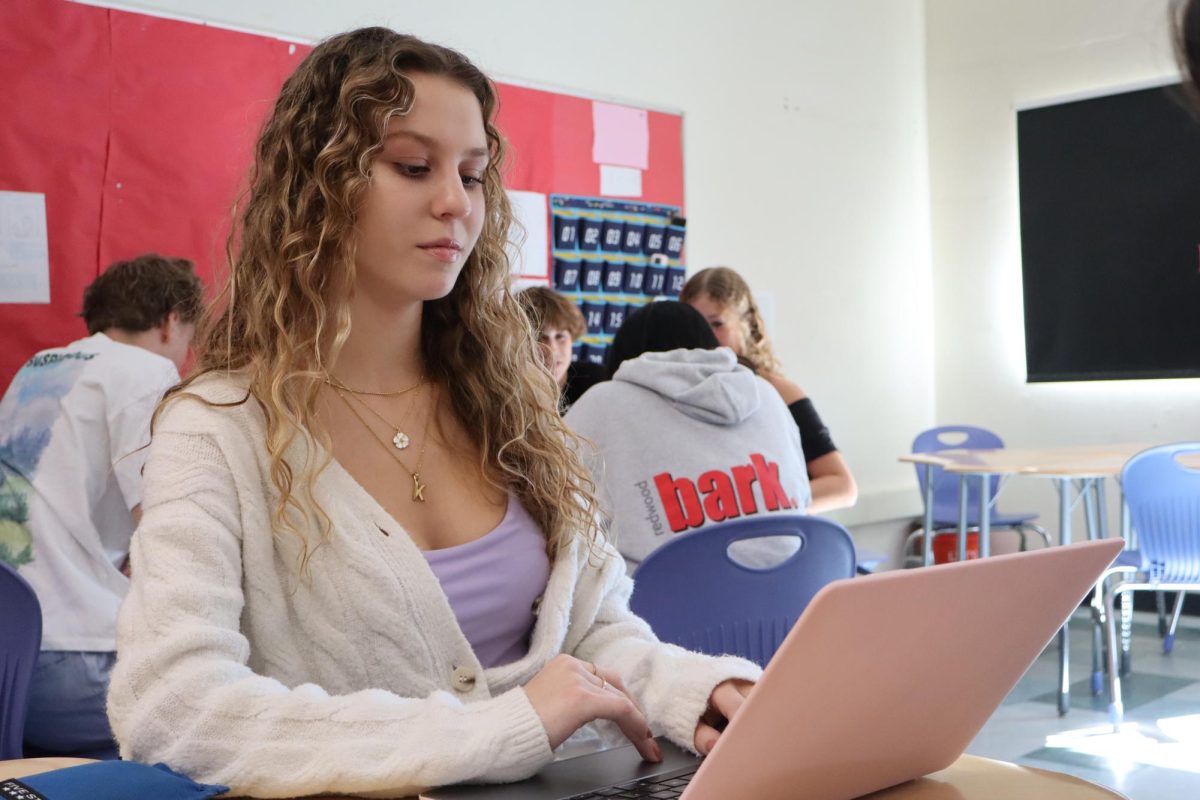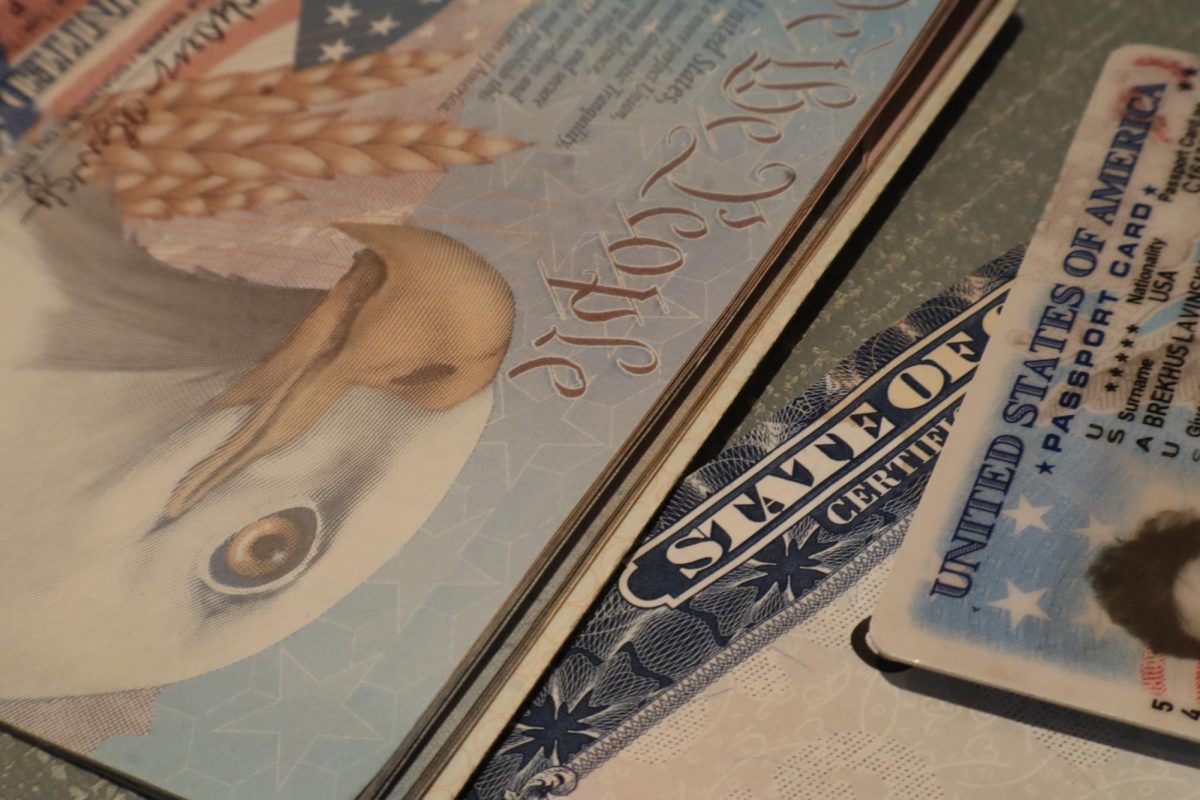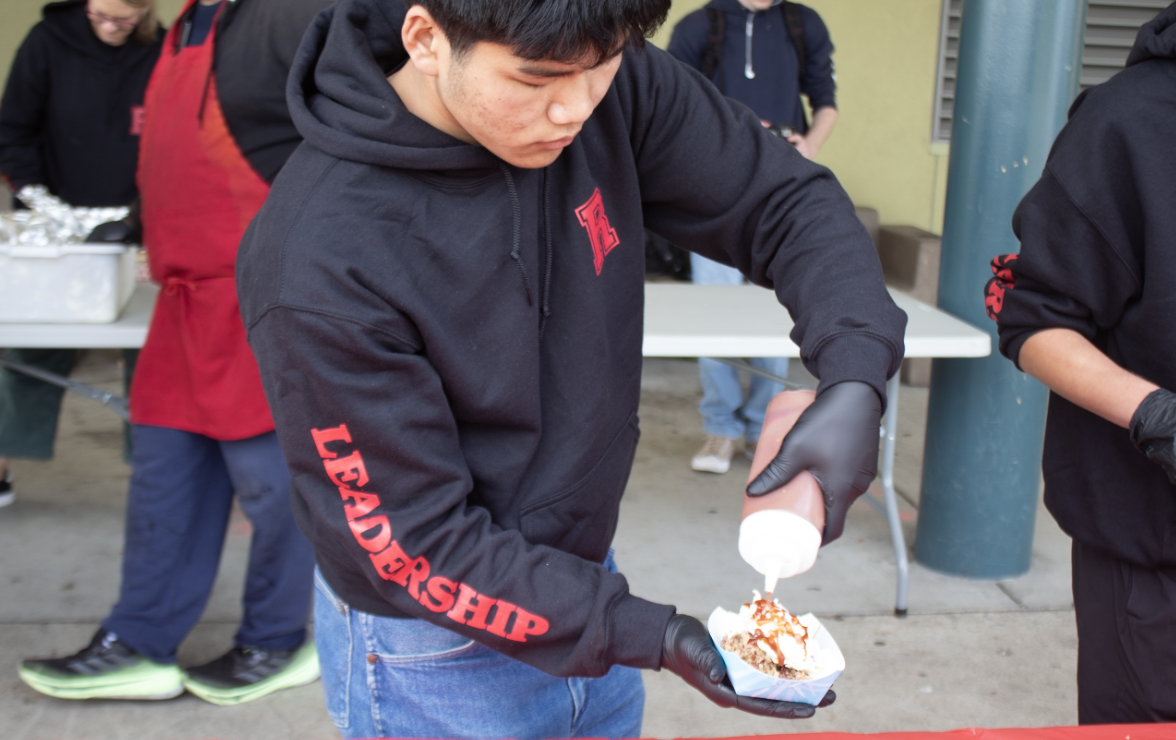During his presidential campaign, President Donald J. Trump promised to launch the “largest deportation program of criminals in American history.” On his first day in office, Trump stayed true to his word, signing an executive order pledging the “efficient removals of recent entrants and other aliens” from the United States. Trump also rescinded laws shielding “protected areas” such as schools and places of worship from immigration protection; this has caused many schools nationwide to begin preparing for potential raids from
the United States Immigration and Customs Enforcement (ICE).
Redwood has prepared for the scenario through meetings and outreach to undocumented families, and Vice Principal Lisa Kemp feels that Redwood and the Tamalpais Union High School District are ready for any potential scenarios.
“[A sheriff] said that [ICE] is targeting specific people who are either here illegally or are convicted of crimes. Anybody who wants to come onto campus and talk to [students] needs a warrant,” Kemp said. “If ICE comes onto campus, we will let the district office know, and they will take the situation from there. But we can’t keep them off the campus.”
Even if ICE raids are unlikely, there is still significant fear and anxiety within the undocumented community. According to Assistant Superintendent of the Marin County Office of Education (MCOE) Lisa Miller, school wellness coordinators and staff are already starting to see an uneasiness over ICE.

“[MCOE] is in touch daily with school site level staff [who are reporting that] students and families have been expressing fear and concern about rumors that they hear and [asking] if it is safe to come to school. [The students are saying] ‘I’m scared about my brother, I’m scared about my family,’” Miller said.
According to “Sylvia,” a teacher of newcomers to the United States at a local elementary school who has chosen to remain anonymous to protect her students, the anxiety surrounding ICE, also known as “la migra,” has permeated her classroom.
“Someone from maintenance who doesn’t normally come in just walked into the classroom and [a student] said, ‘Is that la migra?’ Somebody in my class was definitely nervous when a person they didn’t know came into class,” Sylvia said. “The maintenance people don’t come around very often, so [the students] didn’t know him. And I was speaking English to him, so the kids didn’t know what I was saying, and they were like, ‘What were you saying? Is he la migra?’”
It’s not just undocumented students who are feeling anxious about ICE. Many members of the Latinx community, like Latinos Unidos Club Vice President Melanie Canul, have become worried and angry about the impact that ICE raids may have on the structure of their diasporic community.
“I guess you could say I’m scared. It makes me a little nervous that people within my community are going through tough times with ICE raids. We haven’t had this issue in a while, so seeing us take five steps backward is disappointing,” Canul said.
Immediately following Trump’s election, local organizations like the MCOE began preparing for the potential removal of students from schools. This included partnering with local organizations like the Canal Alliance and preparing “red cards,” small cards that state undocumented peoples’ rights and words to say if they come into contact with ICE.

“We’ve been engaging with our educators and families over the last few months [to tell them] ‘know what your rights are, know what languages you’re going to need support in, potentially from a lawyer, make sure your family has identified who the emergency contacts are in case anyone gets deported,’” Miller said.
School staff have not only begun preparing for the physical realities of ICE deportations but the mental realities too. Many educators predict that attendance among undocumented students may fall and students may be in distress due to panic about ICE raids or the loss of a family or community member. Redwood recently held a meeting to prepare staff for the reality of the raids and their potential mental effects on students.
“Part of our [staff] meeting was to make teachers hyper-sensitive and aware that kids might be changing their behavior as a result of feeling unsafe at home or feeling worried about their family. [Undocumented students’] attendance might change because they are afraid to leave [their homes] and never see their parents again,” Kemp said. “I know that some students are pretty distraught. Teachers have reported that they have some students who have been in tears since Monday.”
But one word remains in the mind of many of Marin County’s educators and residents: uncertainty.
“I think right now everybody is just unsure. It’s just the uncertainty [that is scary]. What’s going to happen is making everyone nervous,” Sylvia said.
The MCOE was shocked by the speed at which Trump rescinded laws protecting schools and believes the scale of deportations may be more severe than they had predicted.
“[MCOE] is trying to address that we will likely see deportations, and we are trying to address that your classmate might not be there, [or] a family in the community might not be there anymore,” Miller said. [The MCOE is] preparing for the worst and what I mean when I say worst is that we are removing youth from being able to access their education and creating additional harm in their life. I’m anticipating that that is what’s going to happen over the next few months and next several years unless other people step up and start confronting this push [for deportations] in the administration,” Miller said.
Latinx students have become a large part of the community with 19.6 percent of Marin residents identifying as Hispanic or Latinx. Sylvia and many other educators believe the loss of such a diverse population would devastate the school community.
“It’s sad to think of losing community members [because] we are a really strong community, and if you lose somebody that has a huge impact, it would be so sad because the newcomers bring so much joy to our school. [The Latinx community] brings diversity of language and culture,” Sylvia said. “We need to protect these amazing children. I know some of our [students] are asylum seekers and they deserve to be treated with respect and with dignity.”
The ICE San Francisco Community Relations officer did not respond to a request to comment.






![“[The Scotty Lapp Memorial Skatepark signifies that] Scotty’s energy, fun vibes and spirit will live on forever,” Jason Lapp said.](https://redwoodbark.org/wp-content/uploads/2025/03/346E3938-2C25-4CBB-9D6B-0ED4BD4A242A_1_105_c.jpeg)

